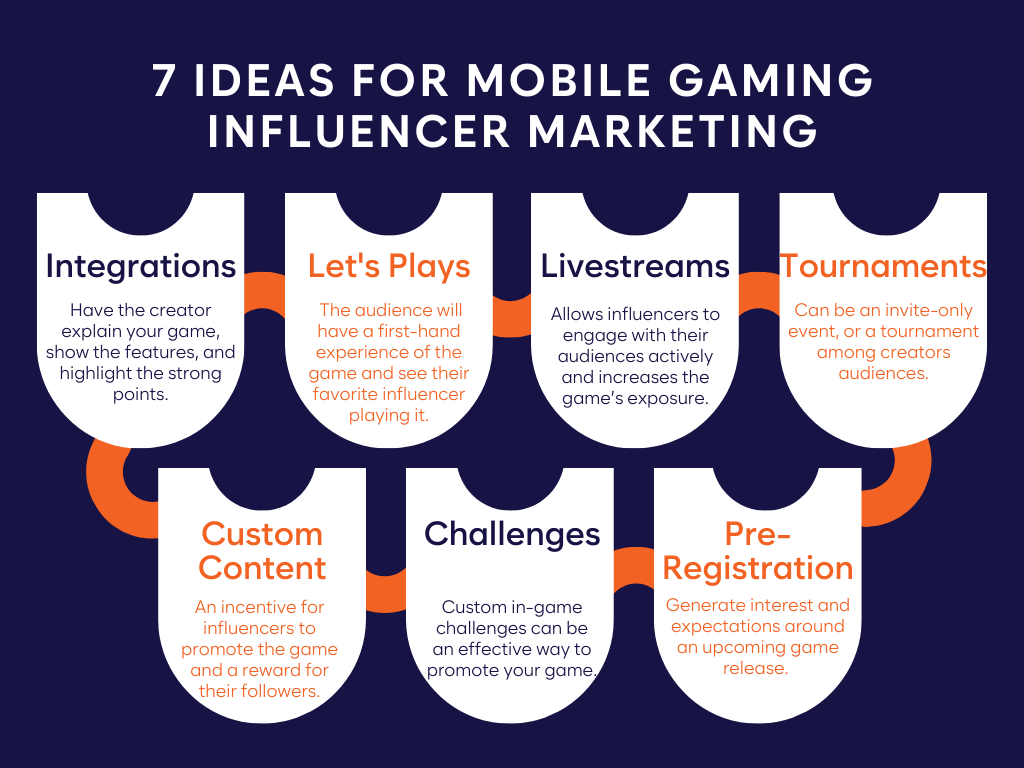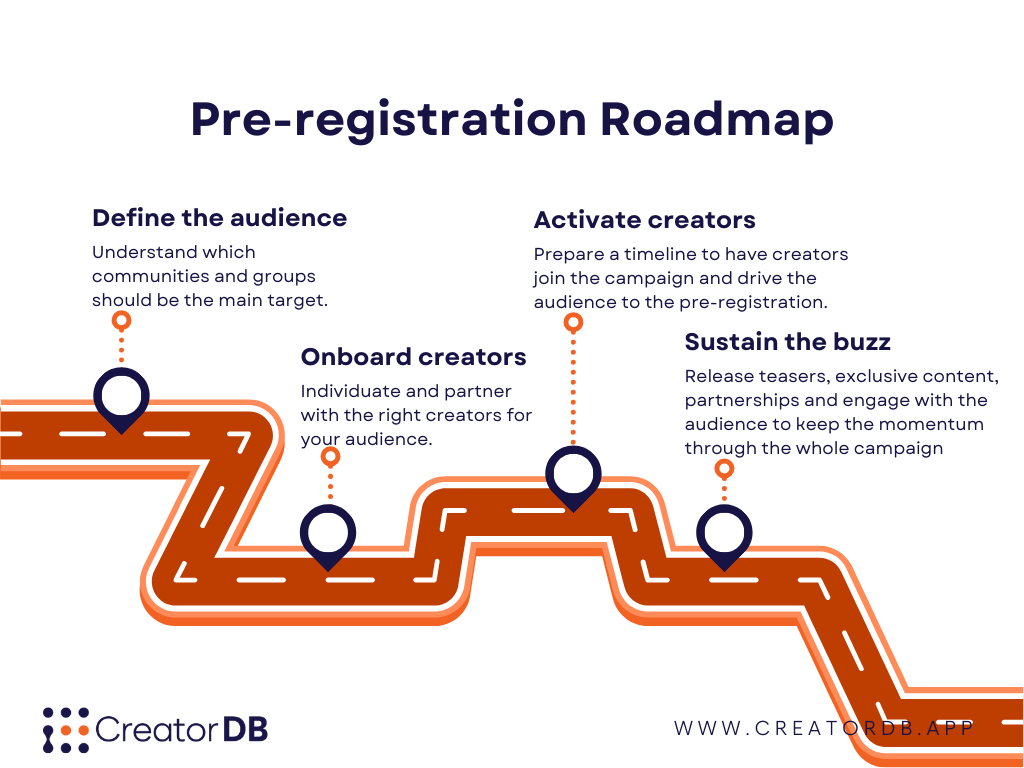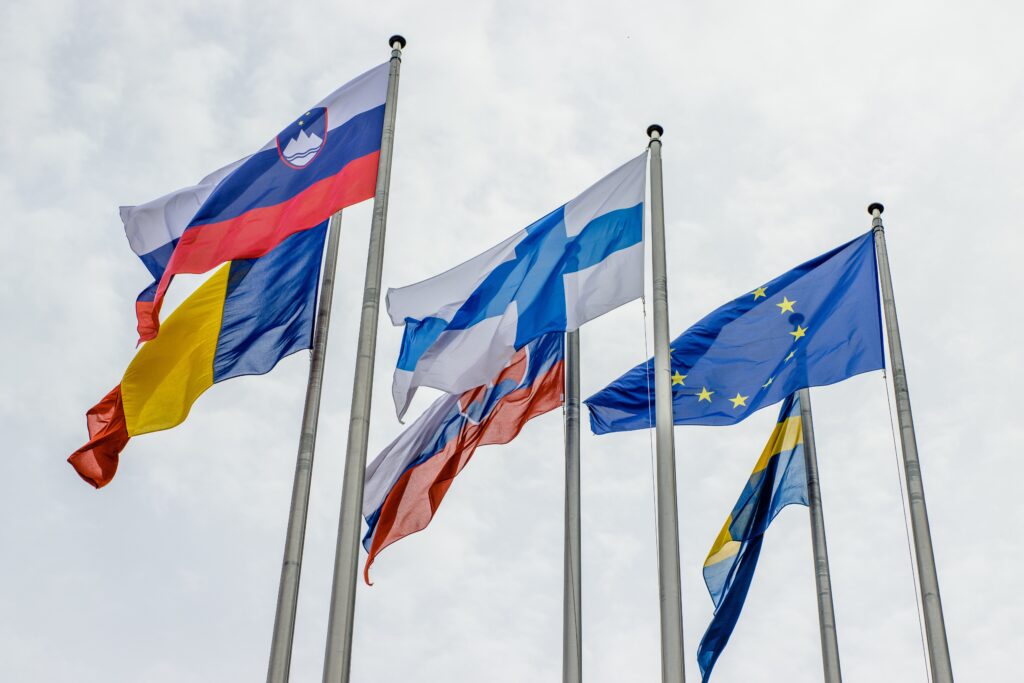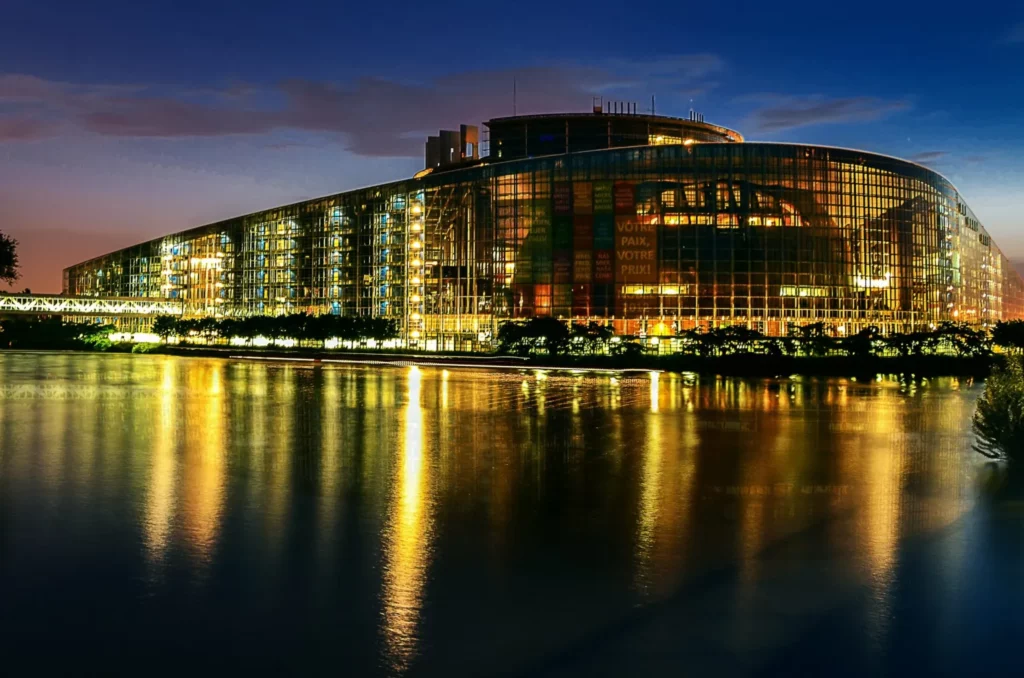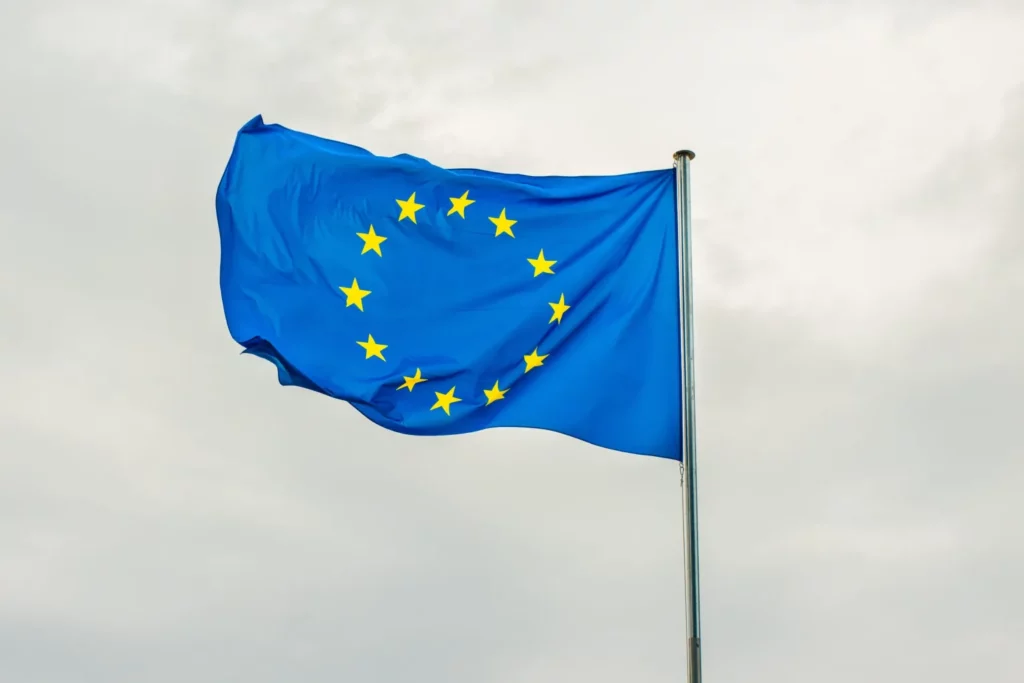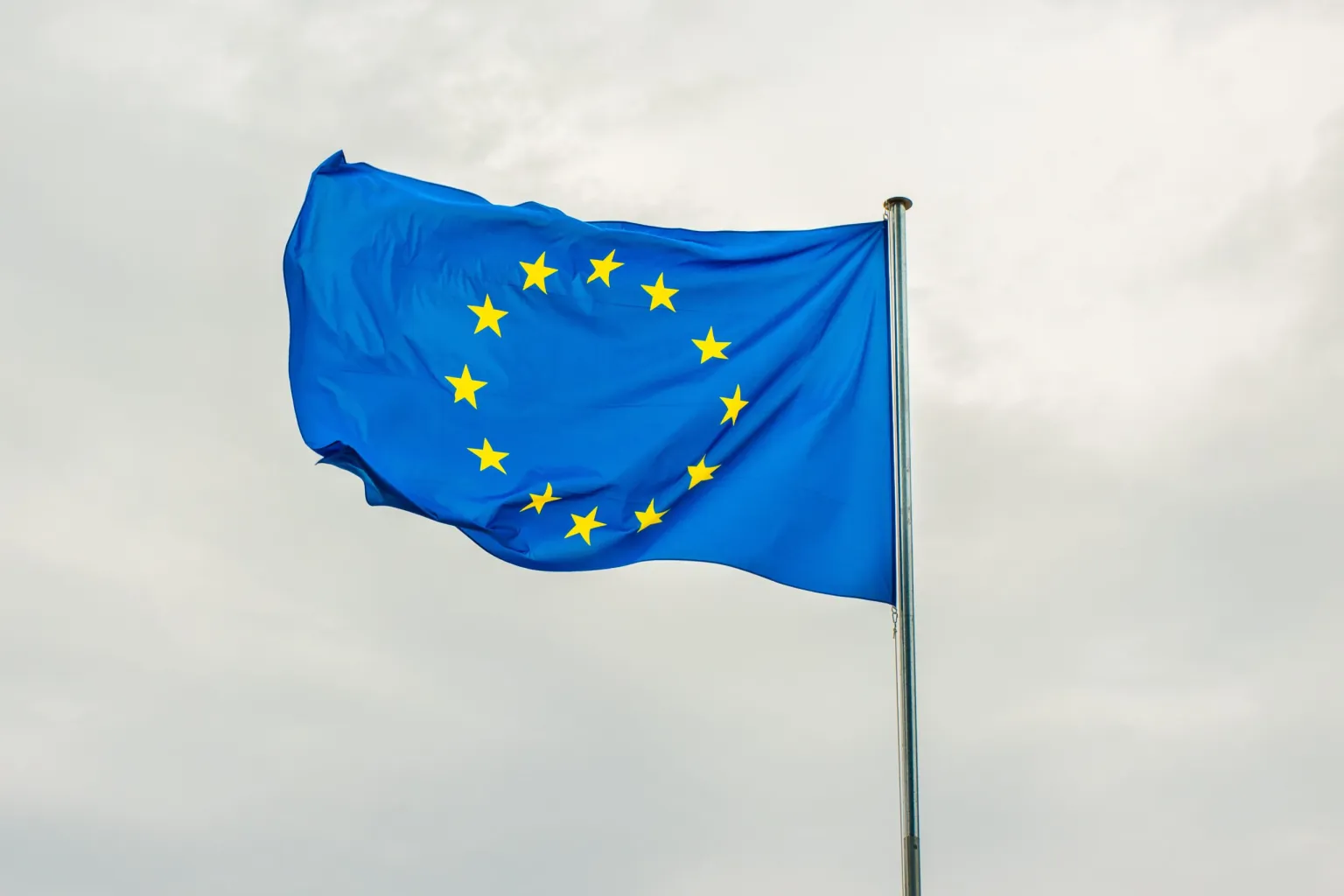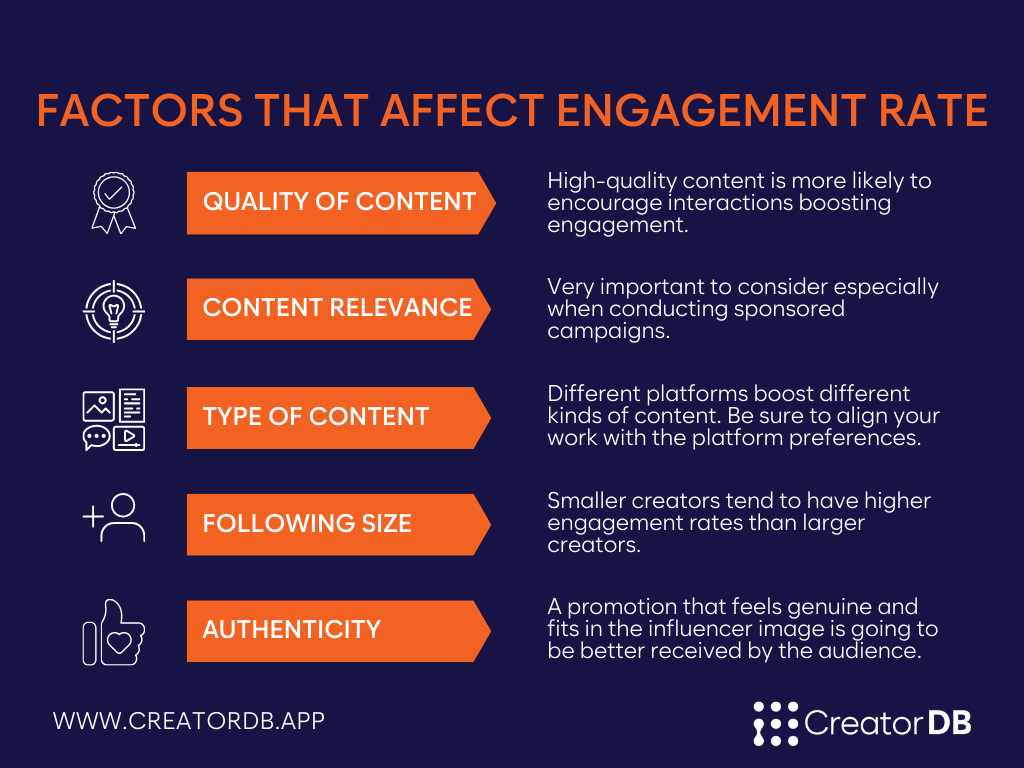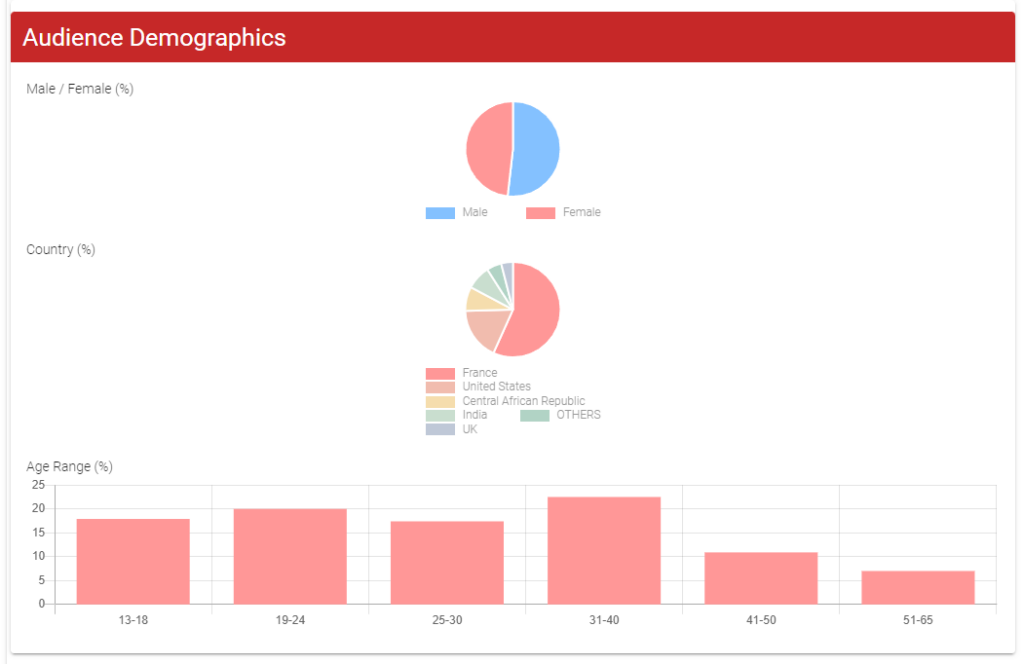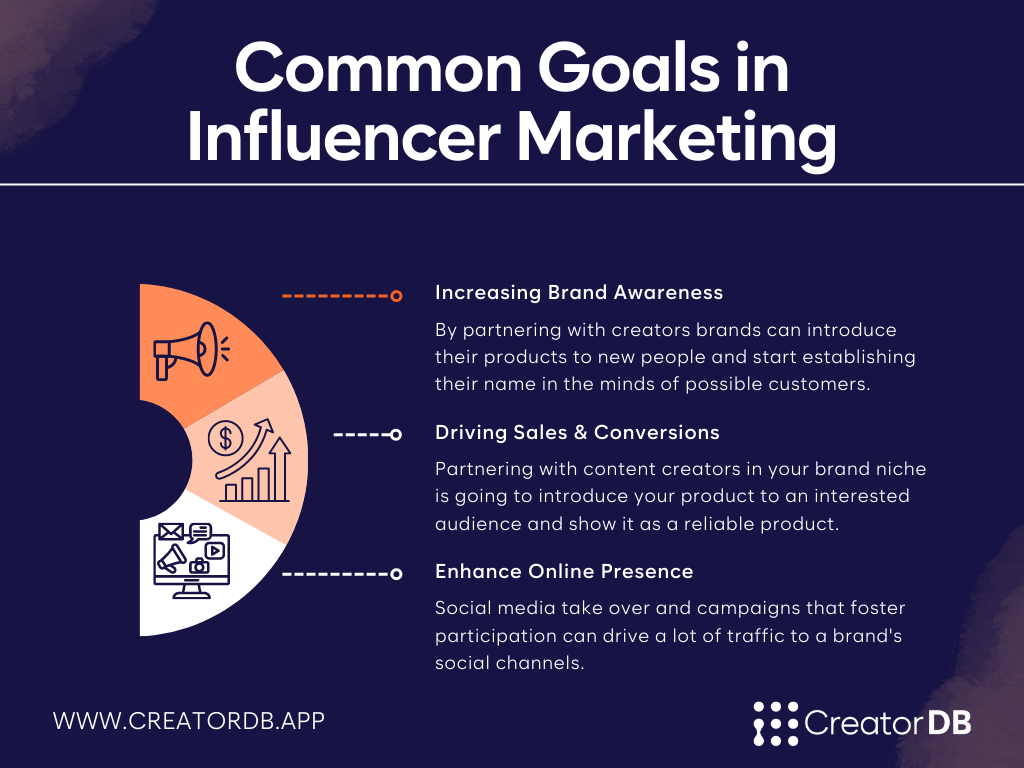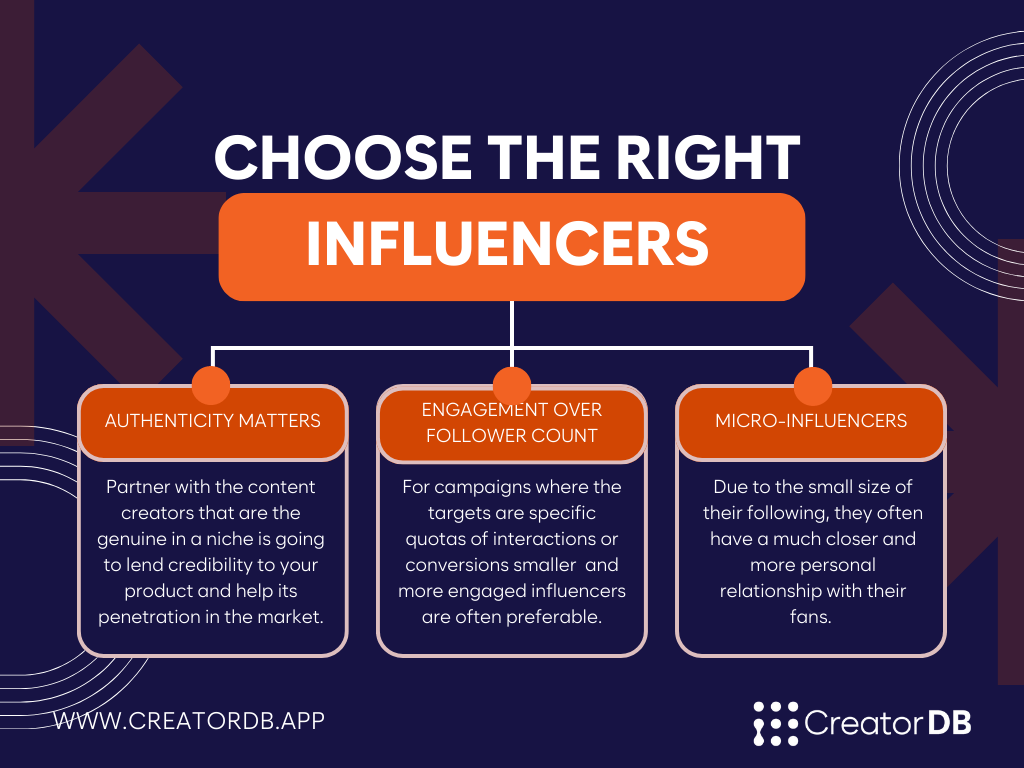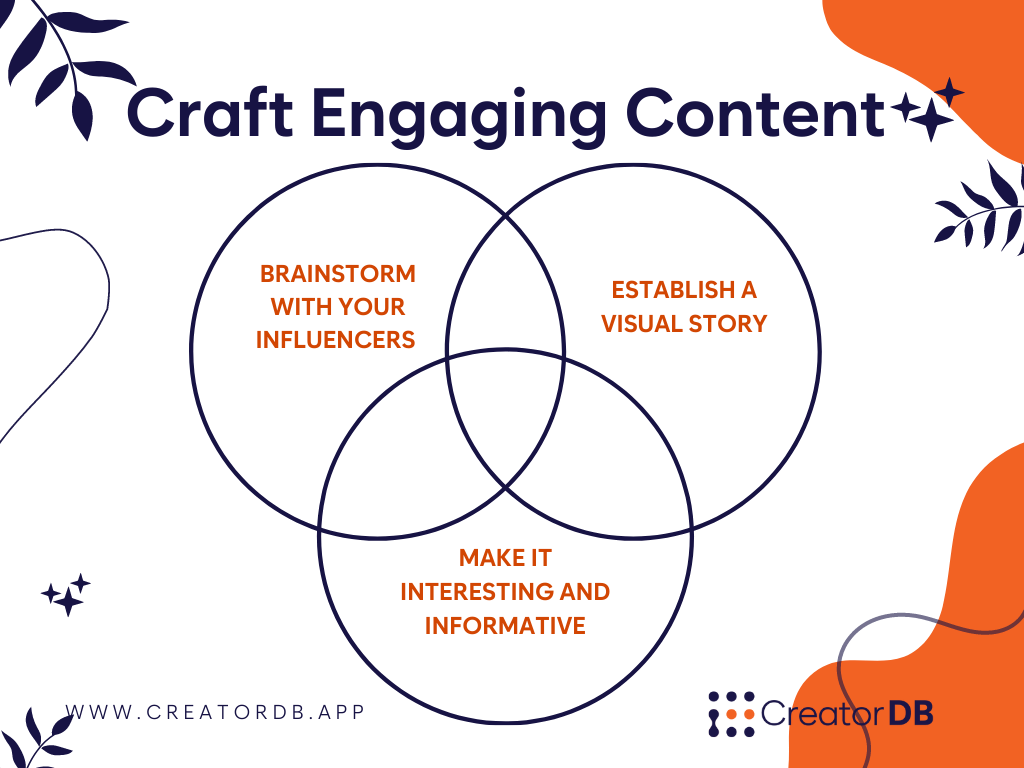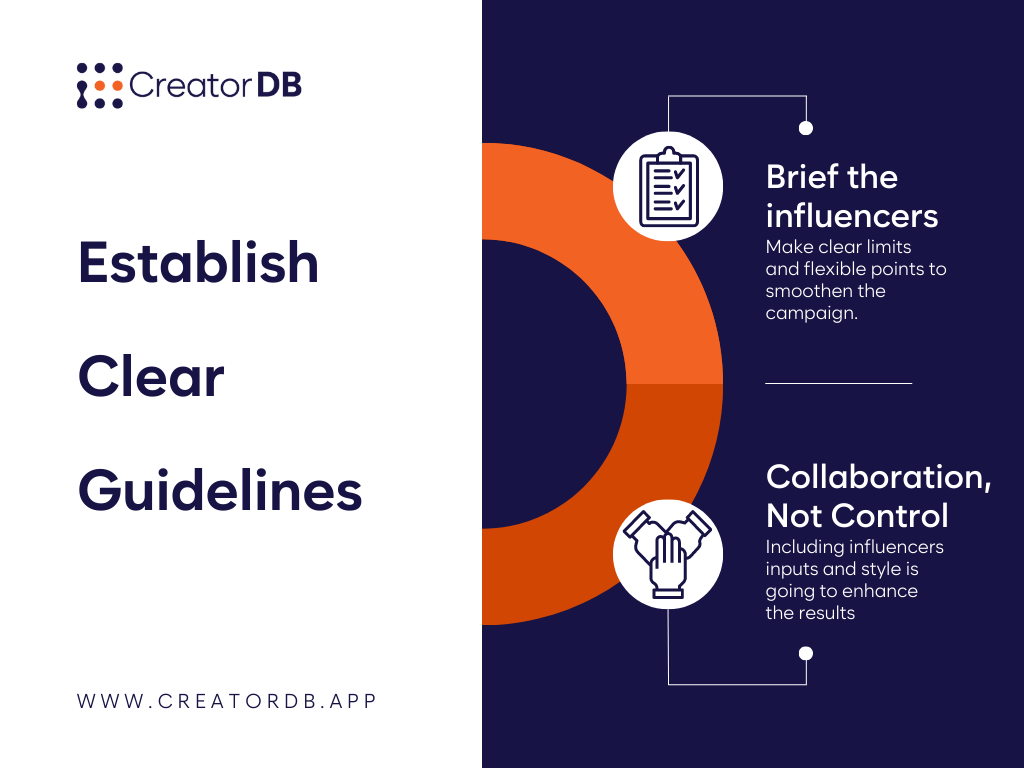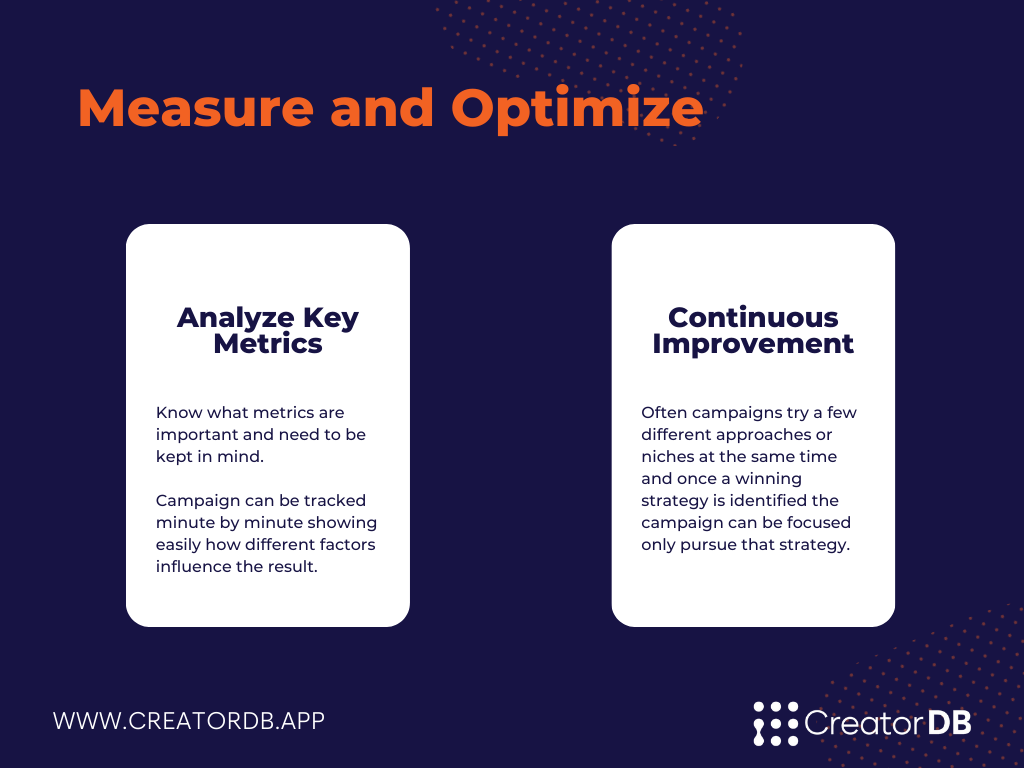On May 30, 2023, My.Games the publisher of the popular tower defense game Rush Royale announced to have started a collaboration with boxer and internet personality Jake Paul.
In this partnership, we can see that mobile games and influencers are coming closer and establishing new creative ways to improve user acquisition and profitability in a crowded space.
Why My.Games collaborated with Jake Paul?
My.Games announced a new event for its flagship game Rush Royale: the Champion Rumble. Participating in this two weeks event will allow users to unlock Champion Tokens, the Belt of the Champion Island, and a new champion, Jake Paul. As a famous boxer and worldwide well-known influencer, the new champion is going to bring a fresh skill set to the game and directly connect with Paul’s background.
Along with the announcement, My.Games released as well a new promotional video starring Jake. In the video, we see him in the ring having a tough time with an unnamed opponent but getting saved by the boost of confidence he gets when playing Rush Royale. This creative cleverly taps into Jake Paul’s personal story and fame while highlighting the game as a positive influence.
In a recent interview, Elena Grigoryan, Chief Strategy Officer for My.Games, explained how the collaboration is part of a larger goal of the company to improve its brand marketing and differentiates itself in an oversaturated market.
In the face of an increasingly challenging UA game companies need to find new and innovative ways to attract users, and influencer marketing seems to be the answer many are looking for.
Who is Jake Paul? Why is he famous?
Jake Paul is one of the longer-lasting and prominent influencers. He started his career on the defunct short video platform Vine and later became one of the faces of Disney Channel for his role in the show Bizaardvark.
Why Disney terminated the contract with Jake Paul?
Disney Channel parted ways with the star following a lawsuit sparked by neighbors upset about the continuous disturbances caused by enthusiastic fans. This issue arose after the celebrity shared his Los Angeles home address online.
At this point, YouTube became his main outlet, where he was able to amass over 20 million subscribers. Jake’s channel is known for its pranks, music videos, and Vlogs.
In recent times, Jake has been at the forefront of the phenomenon of YouTube boxers. It started with an amateur bout with fellow YouTuber Deji and moved on to fight retired professional fighters like Anderson Silva and Tommy Fury.
By collaborating with a personality with such a large following and traction, there are several benefits for My.Games:
- bring their product in front of many new faces that could have not been reached by other means.
- the collaboration hows how much can be done with influencers to craft engaging campaigns: not every campaign needs to be limited to a post of endorsement by an online personality.
- Understanding the strengths of an influencer will allow you to create more engaging and relevant campaigns.
Other fighters in games ads
While not everyone needs a fighter in their commercials, this is actually not the first time a similar collaboration happened: back in November 2022 former UFC Bantamweight World Champion and WWE star Ronda Rousey become a legendary champion for Raid: Shadow Legends.
Influencer marketing trend in gaming
Famous gaming brands, including Rush Royale and Raid, have leveraged the star power of Jake Paul and Ronda Rousey in their marketing strategies. Given their background in martial arts, these celebrities were seamlessly integrated as formidable champions within the games, enhancing the gaming experience. But that doesn’t mean that you need to scramble for Tyson’s phone number.
Another game that has learned how to introduce real-life personalities in its marketing is Fortnite. Rather than partnering with renowned fighters, the game has collaborated with popular streamers and musicians. This strategic move allows players to adorn their characters with custom skins and accessories, transforming them into their favorite icons.
Just a day after the announcement of Jake Paul’s collaboration with My.Games, Call of Duty’s players were finally able to access skins inspired by two of the most popular streamers: Nickmercs and TimTheTatman. The fans of the two streamers were ecstatic to be finally able to play in the clothes of their idols as you can see from the comments.
So, why influencers for games?
When games using influencers marketing, there are some expected benefits:
- a powerful and creative tool for user acquisition.
- allow games to reach niche users, expand brand awareness.
- help create a community around the game.
- have the potential to improve the in-game user experience.
- allow Influencer’s fans and followers to feel part of the creator’s journey and experiences.
By connecting to the right influencers and including them, in the marketing process and in the game experience there will be further incentive for the audience to participate.
Conclusion
The video game industry, particularly mobile gaming, has witnessed exponential growth in recent years, leading to intensified competition and shrinking profit margins. Established games can weather this storm due to their vast user base, but emerging games face challenges in visibility amidst limited marketing budgets.
To counter this, some opt for dual monetization strategies, balancing in-game purchases and ad revenues. However, excessive ads can alienate players. Hence, exploring innovative promotion avenues is essential for differentiation and capturing audience attention.
Offering players unique methods to support their favorite creators not only elevates your game’s visibility but also enhances user experience, fulfilling gamers’ desires for exclusivity and engagement.








